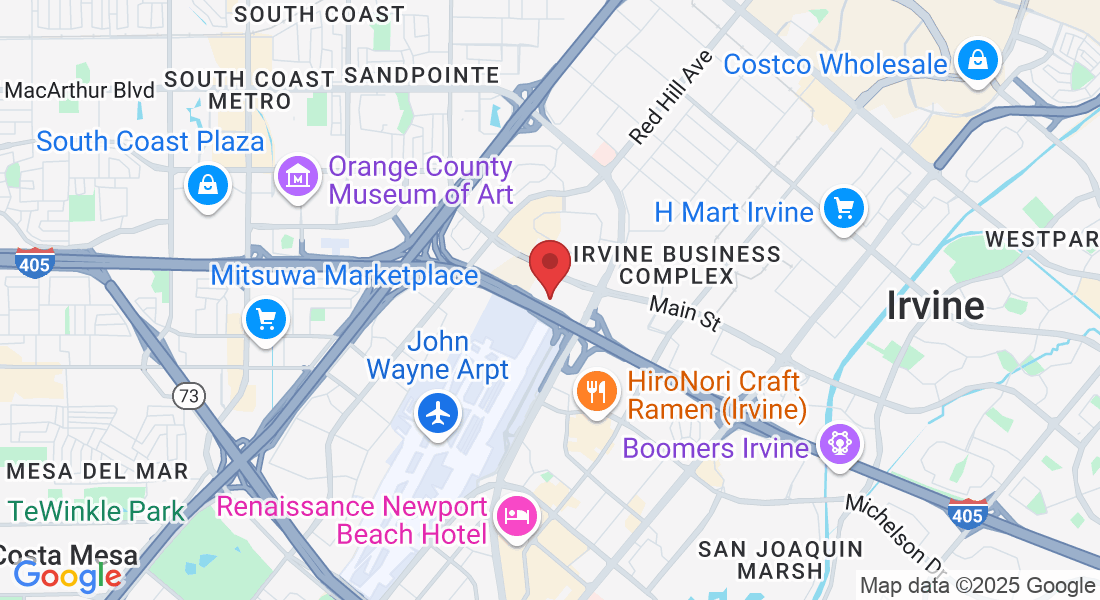Turning 65?
Join Our...
MEDICARE 101 WEBINAR
Every Thursday at 2 PM PT

Ray Martin, President of Martin & Associates
Medicare Doesn’t Have to be Complicated
We aim to rescue people from the over-complicated Medicare process. Through education and coaching, we eliminate confusion, fear, and worry by bringing clarity to Medicare concepts and solutions. While other approaches can create unnecessary complexity, we give our clients understanding not just about their Medicare choices, but about how they can protect their health, wealth and have a successful retirement.
THE MARTIN MEDICARE METHOD
Our three step process to make sure you get the most coverage out of Medicare, at the lowest price possible with as little hassle as possible.
STEP 1: EDUCATION
We start with education because understanding your options is crucial. We provide clear, straightforward information about Medicare, including Original Medicare (Parts A & B), Medicare Supplement Insurance (Medigap), Part D (prescription drug coverage), and Medicare Advantage Plans (Part C). Learn about how these pieces fit together to meet your health and financial needs.
STEP 2: FREE MEDICARE STRATEGY SESSION
Next, we offer a personalized, no-obligation phone call where we discuss your specific situation. During this call, we'll review your current coverage, answer any questions you might have and help you understand which plans might best suit your needs based on your health, finances, and preferences.
STEP 3: EXECUTE THE GAMEPLAN
Once we've agreed on the best strategy, we handle the details. We'll help you enroll in the plans that we've selected together, ensure all paperwork is correctly filled out and submitted. Lastly, we'll follow up to make sure your transition into new coverage is smooth and stress-free.
Ready to Simplify Your Medicare Experience?

See What Our Clients Have to Say...
Martin & Associates Blog

Ray's Retire Right Report - July 2025
Ray's Retire Right Report - July 2025 ...more
Ray's Retire Right Report
June 19, 2025•0 min read

Ray's Retire Right Report - June 2025
Ray's Retire Right Report - June 2025 ...more
Ray's Retire Right Report
May 22, 2025•0 min read

5 Common Social Security Questions
5 Common Social Security Questions ...more
Social Security
May 15, 2025•3 min read

Ray's Retire Right Report - May 2025
Ray's Retire Right Report - May 2025 ...more
Ray's Retire Right Report
April 28, 2025•0 min read

Ray's Retire Right Report - April 2025
Ray's Retire Right Report - April 2025 ...more
Ray's Retire Right Report
March 20, 2025•0 min read

Ray's Retire Right Report - March 2025
Ray's Retire Right Report - March 2025 ...more
Ray's Retire Right Report
March 01, 2025•0 min read
Frequently Asked Questions
What do you charge for services?
There is never a cost or charge to you for our services. As we help our clients through the Medicare process and establish Medicare Supplement, Advantage and Part D plans, we are compensated by the insurance carriers directly.
What services do you offer as an insurance broker specializing in Medicare?
We help you compare Medicare Supplement, Medicare Advantage and Part D prescription drug coverage options to find you the most suitable insurance to meet your healthcare and financial needs.
How do you determine which Medicare plan is right for me?
We assess your healthcare needs, budget, preferred providers, and medication requirements to recommend suitable options.
How is an independent agent different from a representative of one insurance company?
As independent agents, we work with multiple insurance providers, giving you a variety of options to find the best plan for your needs and budget.
Will using your services increase my premium costs?
No, the premiums for plans are the same whether you enroll through us or directly with the insurance company.
I’m turning 65 soon—when should I contact you?
It’s best to contact us about three to six months before your 65th birthday to explore your options and ensure timely enrollment.
What happens if I’m still working and have employer coverage?
You may or may not be able to delay portions of Medicare depending on a number of variables regarding your employer group insurance plan. We'll help you determine which Parts of Medicare will be required at 65, if any, and which Parts can be delayed until you lose/leave your employer group insurance.
Can you help me switch Medicare plans?
Absolutely, we can review your current plan and guide you through switching during the appropriate enrollment period.
What states are you licensed in?
We are licensed in 30+ different states so we can help Medicare recipients all over the country.


